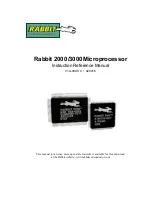
1-7
Tuning and Optimizing the RIPng Network
This section describes how to tune and optimize the performance of the RIPng network as well as
applications under special network environments. Before tuning and optimizing the RIPng network,
complete the following tasks:
z
Configure a network layer address for each interface
z
Configure the basic RIPng functions
This section covers the following topics:
z
Configuring RIPng Timers
z
Configuring Split Horizon and Poison Reverse
z
Configuring Zero Field Check on RIPng Packets
Configuring RIPng Timers
You can adjust RIPng timers to optimize the performance of the RIPng network.
Follow these steps to configure RIPng timers:
To do…
Use the command…
Remarks
Enter system view
system-view
—
Enter RIPng view
ripng
[
process-id
]
—
Configure RIPng
timers
timers
{
garbage-collect
garbage-collect-value
|
suppress suppress-value
|
timeout timeout-value
|
update update-value
} *
Optional.
The RIPng timers have the following defaults:
z
30 seconds for the update timer
z
180 seconds for the timeout timer
z
120 seconds for the suppress timer
z
120 seconds for the garbage-collect timer
When adjusting RIPng timers, you should consider the network performance and perform unified
configurations on routers running RIPng to avoid unnecessary network traffic increase or route
oscillation.
Configuring Split Horizon and Poison Reverse
If both split horizon and poison reverse are configured, only the poison reverse function takes effect.
Configure split horizon
The split horizon function disables a route learned from an interface from being advertised through the















































